The price of ferrous scrap increased by 8% over the past month, reaching 15,900 rubles per ton. This is due to increased purchases by metallurgical companies as they build up stocks ahead of the winter season. In addition, demand for scrap is being stimulated by higher profitability for electric steel producers, the main consumers of this raw material. However, scrap collection volumes remain below last year’s levels, and by year-end, experts and market participants expect demand to fall by 14–30%.
The price of 3A-grade ferrous scrap in Russia has recovered to mid-June levels, reaching 15,900 rubles per ton on FCA terms (seller delivers the goods to the buyer’s designated carrier), excluding VAT and rail tariffs, according to data from the rating agency Rusmet. Prices began to rebound rapidly in the second half of September, rising almost 8% within a month.
Ferrous scrap prices are also rising in export markets.
According to Boris Krasnozhenov, Head of Securities Market Analytics at Alfa-Bank, the price of imported scrap in Türkiye reached $344 per ton CFR (including freight), matching levels seen in early September. Export prices may have risen due to higher freight rates, while domestic prices increased due to the formation of “winter” stocks, which is typical from September to November, he said.
Viktor Tarnavsky, Head of the Analytical Department at Metallosnabzhenie i Sbyt (Металлоснабжение и сбыт), also notes that companies are beginning to build winter stocks of raw materials. “Last year, scrap prices rose until the end of December, increasing by about 2,000 rubles per ton over two and a half months. It is likely that prices could rise to 19–20,000 rubles per ton by the end of this year, delivered to the plant excluding VAT,” he expects.
According to Sergey Astakhov, CEO of Translom, steelmakers have been raising scrap purchase prices throughout the month.
Providing precise forecasts for how long prices will continue to rise is difficult, as companies adjust purchases flexibly based on their production schedules, he notes. Nevertheless, Translom expects scrap prices to increase by 500–1,000 rubles per ton in October.
Scrap is primarily used in steel production in electric arc furnaces, which account for about one-third of the country’s steel output. Alexander Semin, Director of the Economic Forecasting Center at Gazprombank, adds that in August, the profitability of electric steel producers on a CPT (plant price) basis increased by 2.6% and surpassed the profitability of converter steel producers (blast furnace production). In September, according to the analyst, this gap continued to widen, and the share of electric steel began to grow, boosting scrap demand.
The recovery in scrap prices may indicate the beginning of a long-term uptrend in the metallurgical market, especially if it is accompanied by higher demand and improved global raw material prices, notes Dmitry Orekhov, Managing Director of the rating agency NKR. However, after nine months, he says scrap collection volumes are likely to remain 3–4 million tons below last year’s levels, totaling 14–15 million tons.
According to Gazprombank’s Economic Forecasting Center, ferrous scrap collection in Russia fell by 18% to 20 million tons in 2024. In 2025, consumption may decline by 25–30% year-on-year. Demand will largely depend on the extent to which scrap is replaced by alternative materials—hot-briquetted iron and pig iron, notes Alexander Semin. Translom estimates that ferrous scrap consumption in 2025 will fall by 14%, to 17.3 million tons.
Viktor Kovshevny, Director of the Ruslom.Com Association, notes that the fourth quarter does not look optimistic. According to him, this is due to a reduction in permits for new construction, which lowers demand for rolled metal in the domestic market and, consequently, reduces metallurgists’ need for scrap. Total scrap demand in the fourth quarter is expected to be no more than 3 million tons, more than two times lower than in the same period of 2021, the expert points out.


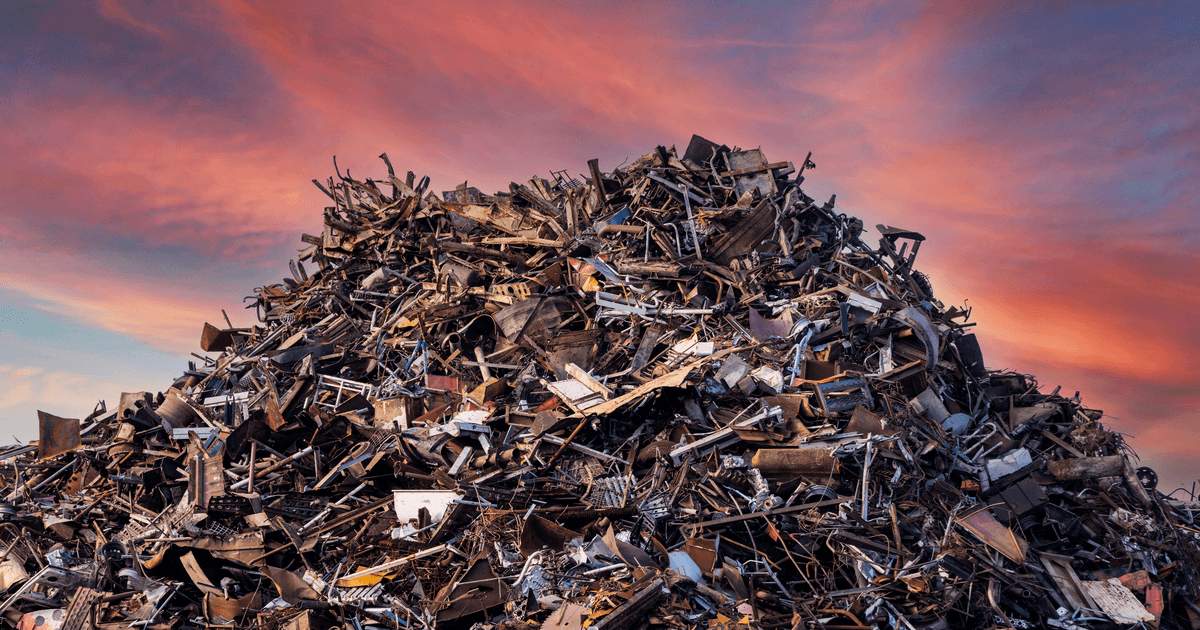
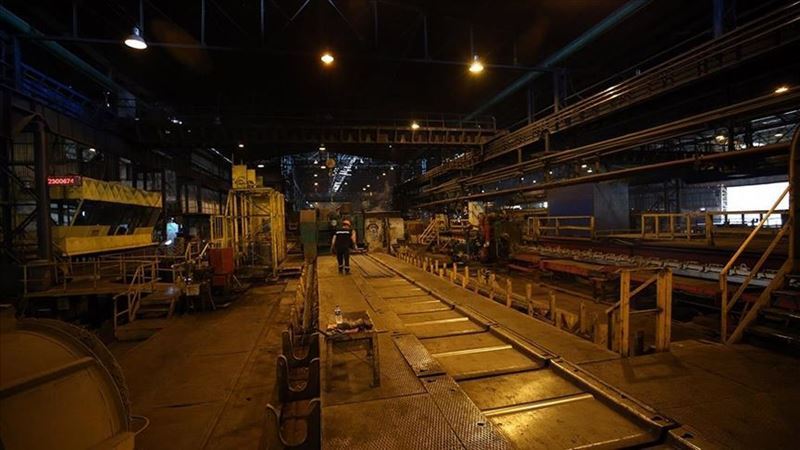
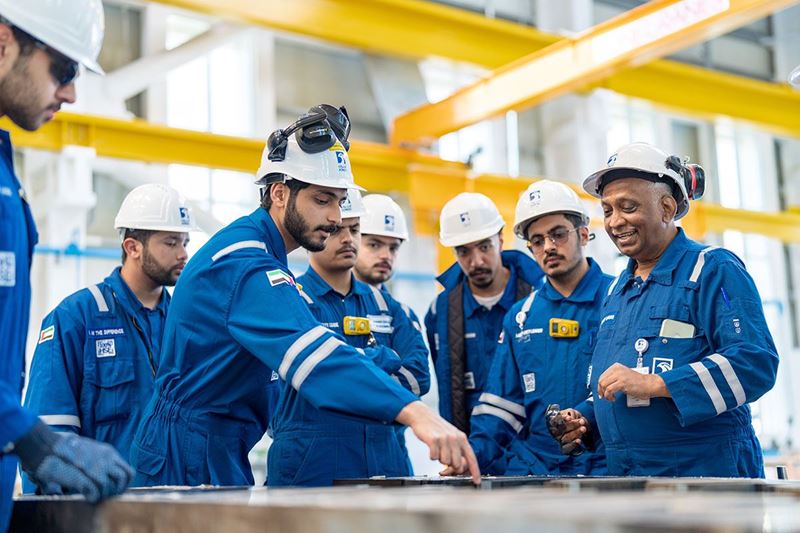
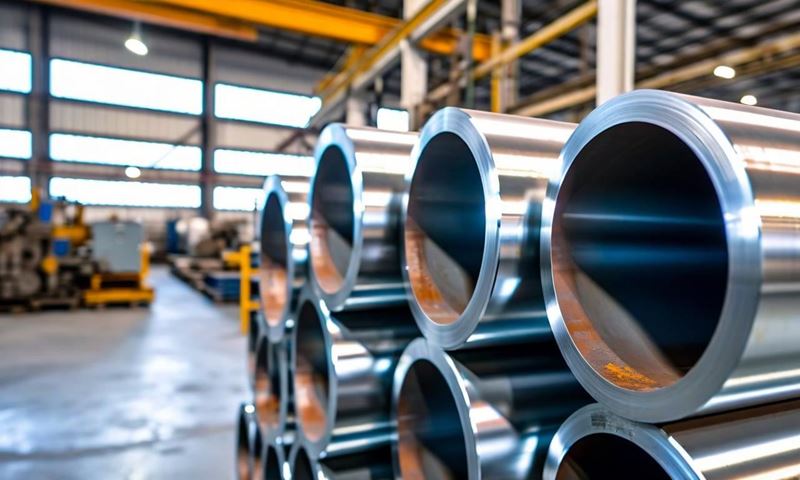
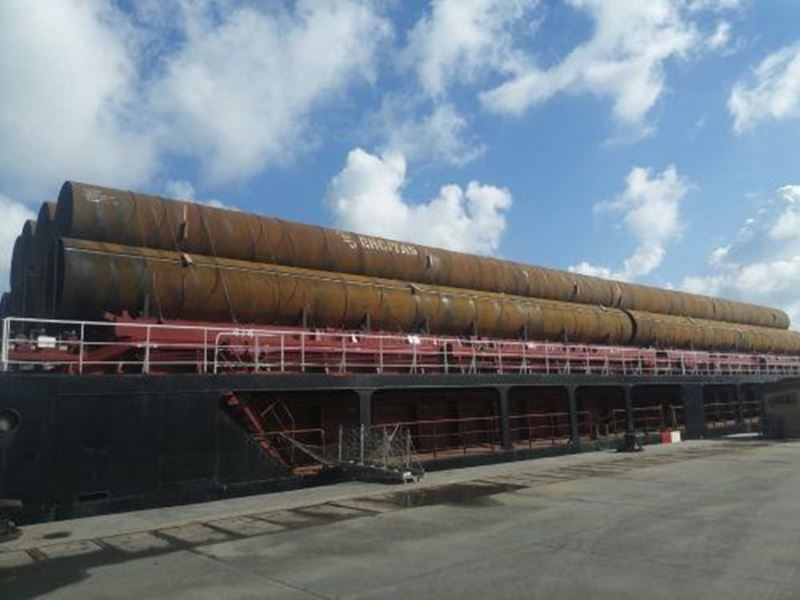
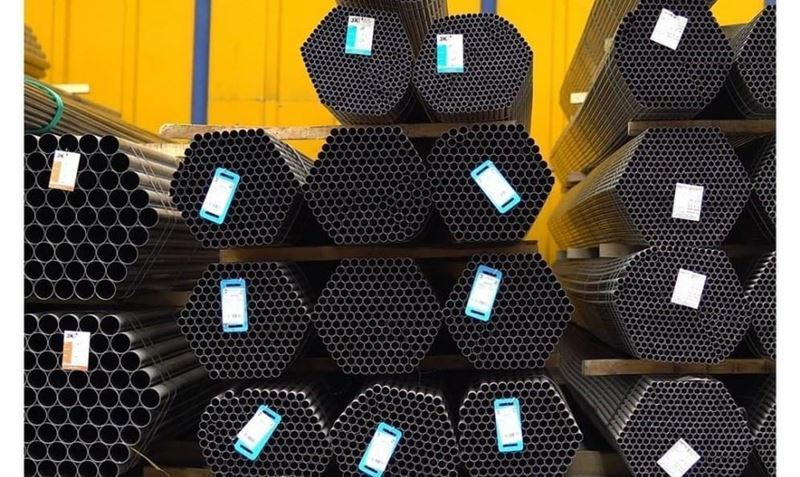

Comments
No comment yet.